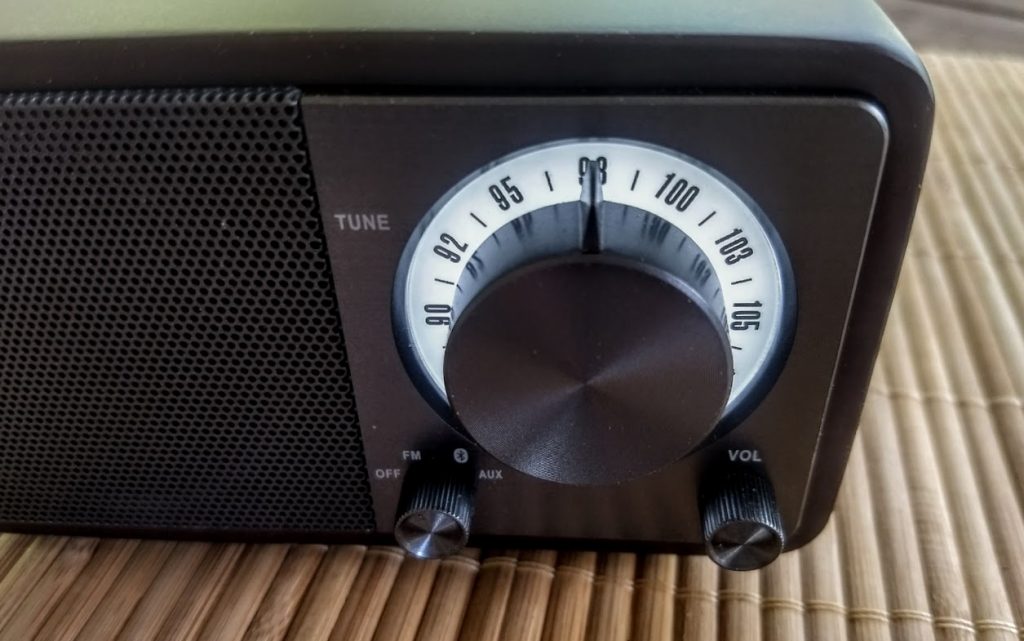Many thanks to SWLing Post contributor, Marty, who shares the following article from Radio World:
STOCKHOLM — Radio is part of the lives of people around the world. In Asia this can amount to where hundreds of millions of listeners who tune in every day. Radio is a strong, inexpensive and effective medium to reach mass audiences.
Many of the challenges facing traditional radio elsewhere in the world are about to hit Asia. These include the expansion of music streaming services and ad investments being divided among other platforms such as social media. But the structure and maturity of the region’s radio industry differs a lot.
[…]Private radio is fairly new to many countries in Asia. India is one such example, where programs are mainly music-based and stations are still developing their brands and formats. Also, there is little standardization in tracking listening habits in many Asian countries and many groups tend to rely on their own figures. This leads to confusion for agencies that want to know what radio can deliver.
Public-service media is often closely monitored and controlled by government. But entertainment, music and sports offer broadcasters the potential to build strong radio brands they can further expand into social media, events and other activities. Something many are now exploring.
There are also new, more speech-based stations, such as business stations in Singapore and Kuala Lumpur. A particular strength for radio is its closeness to its audience, in many countries manifested by stations broadcasting in the various local languages. This is also true for community radio, which are vibrant and widespread in parts of Asia, especially India, Nepal and Bangladesh.
Radio plays an important role when natural disasters strike, frequently making the difference between life and death for millions of people. It’s often the only way of conveying information, be it earthquakes in Nepal, storms in the Philippines or tsunamis in Japan.
Radio´s easiness to use is an asset, but radio sets in homes are not as common as you might expect. FM radio saw a rise in listenership in India when nearly everyone had a mobile phone with built-in FM receivers. But today with new mobile phones coming into the market without FM, there is a new challenge. Will internet audio in phones lead the way to podcasting, as in the west? Or will Spotify and music streaming´s personalized offers replace traditional radio listening?[…]
Click here to continue reading the full story at Radio World.

